Green analytical chemistry
Green Analytical Chemistry is the application of analytical chemistry techniques and procedures to decrease or eliminate solvents, reagents, and other materials that are dangerous to the individual or the ecosystem and provide rapid and energy-saving methodologies to maintaining quality standards. The green challenge of analytical chemistry is to meet the informational needs of chemists, industry, and society while reducing the human and environmental impact of the analyses. Thus, the development of new environmentally friendly analytical techniques and the modification of already existing methods are key points in the progress of the Green Analytical Chemistry concept.
Our green approach is based on combining non-destructive spectroscopic techniques with chemometric tools for making qualitative and quantitative conclusions about the testing object.

The classical approach of an analytical process includes four main steps:
- sampling,
- sample (pre)treatment,
- analyte separation
- analyte detection
All of them are time-consuming, involve hazardous chemicals, considerable consumption of energy, and produce a significant amount of toxic waste.
The non-destructive spectroscopic techniques (NIR, ATR-FTIR, Raman) provide analytical information without damaging the sample, and in most cases, sample treatment (extraction or digestion) is not required. Moreover, non-destructive spectroscopy potentially enables the simultaneous analysis of several analytes in a single run, with a consequent saving of reagents and time.
The combination of chemometric and spectroscopic techniques provides methods, that satisfy the Green Analytical Chemistry goals. Different chemometric methods (clustering, classification, regression) make possible classification (qualitative characterization) and prediction (quantitative analysis) of samples, based on non-destructive spectroscopic measurements.
Multivariate regression techniques are used to establish the relation between two matrices by means of a mathematical model. Each matrix contains different information about the same group of objects (samples). Most often, the first matrix contains information obtained by means of a method to be replaced (classical), and the second matrix contains information obtained by an alternative method (non-destructive). After the validation process, the prediction model is applied for the analysis of unknown samples.


